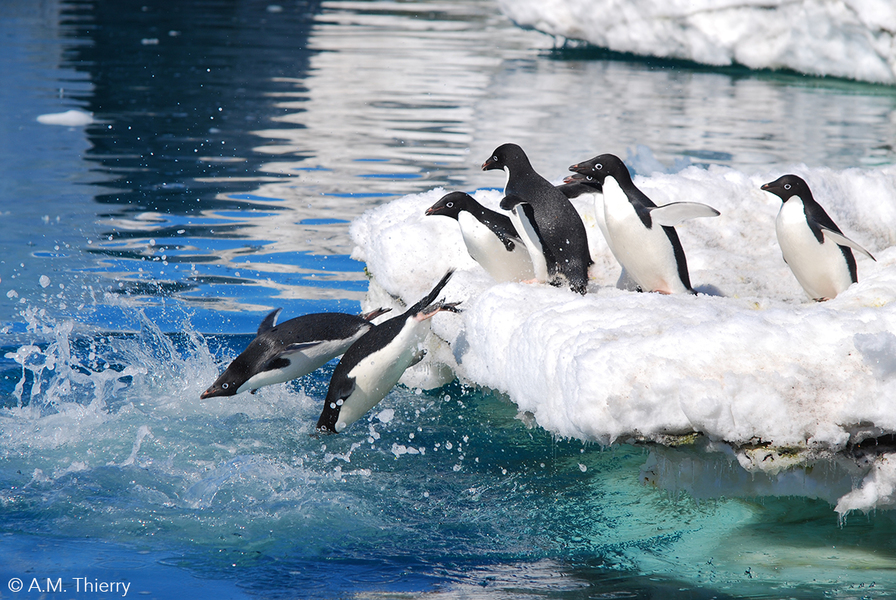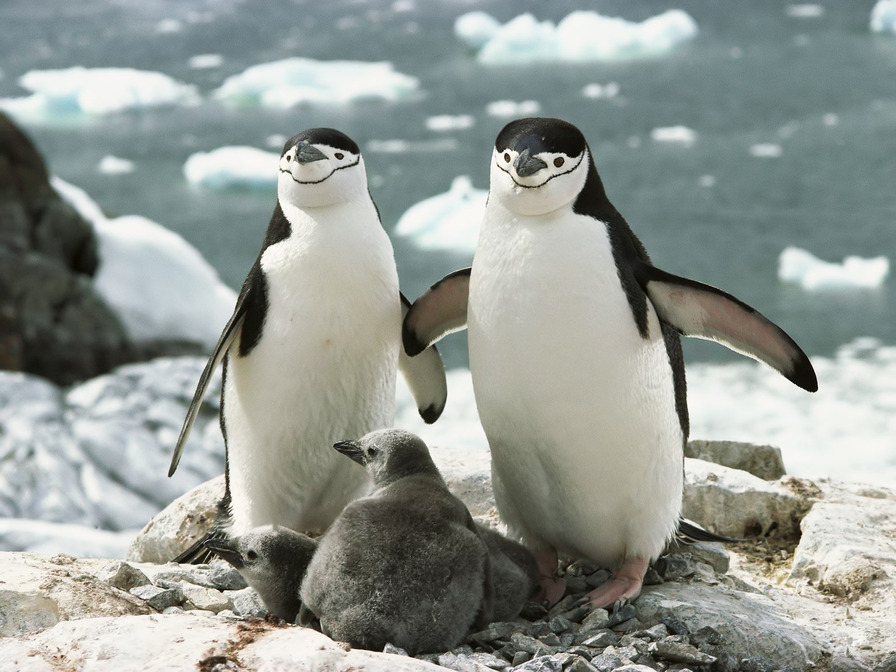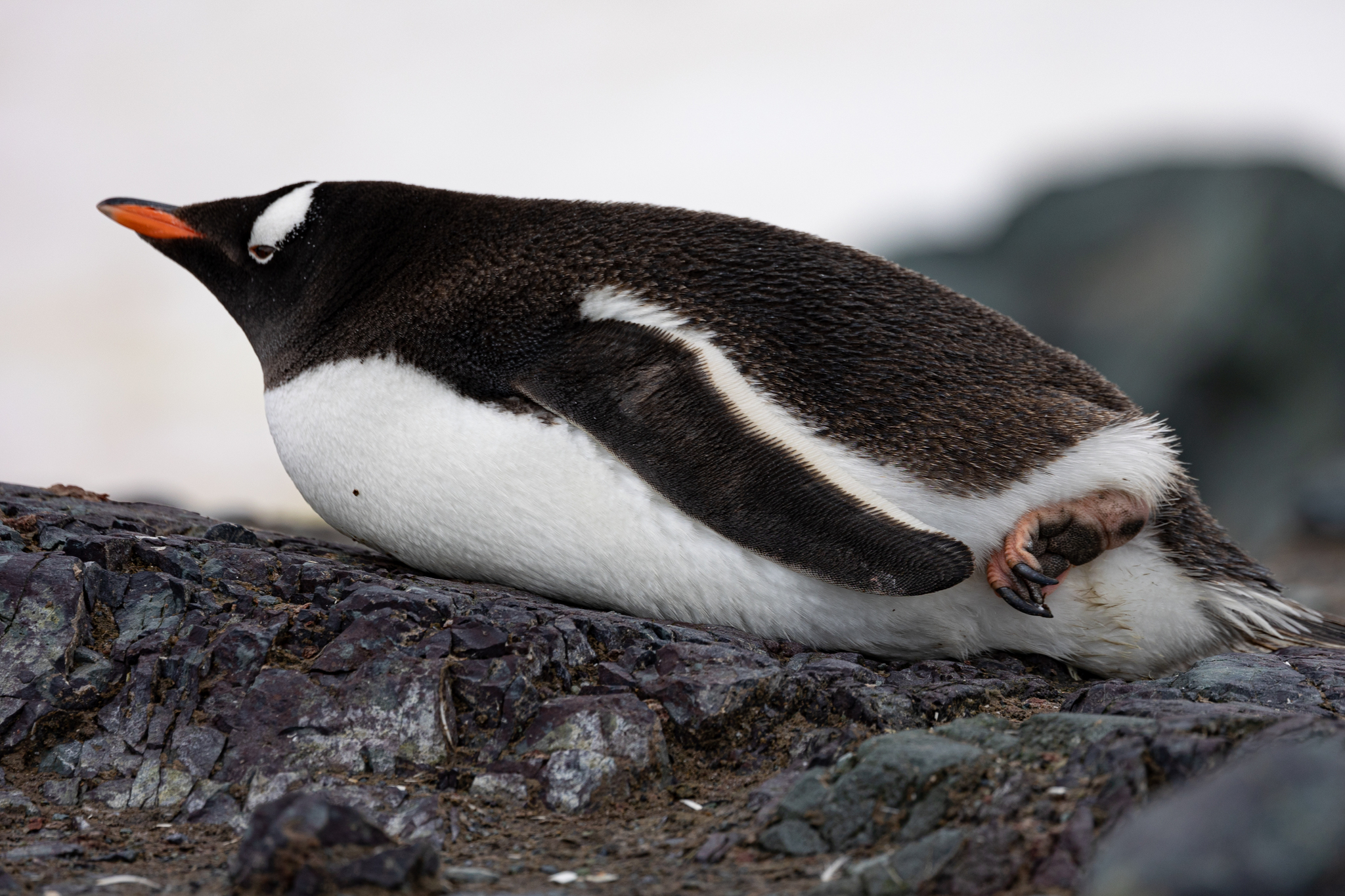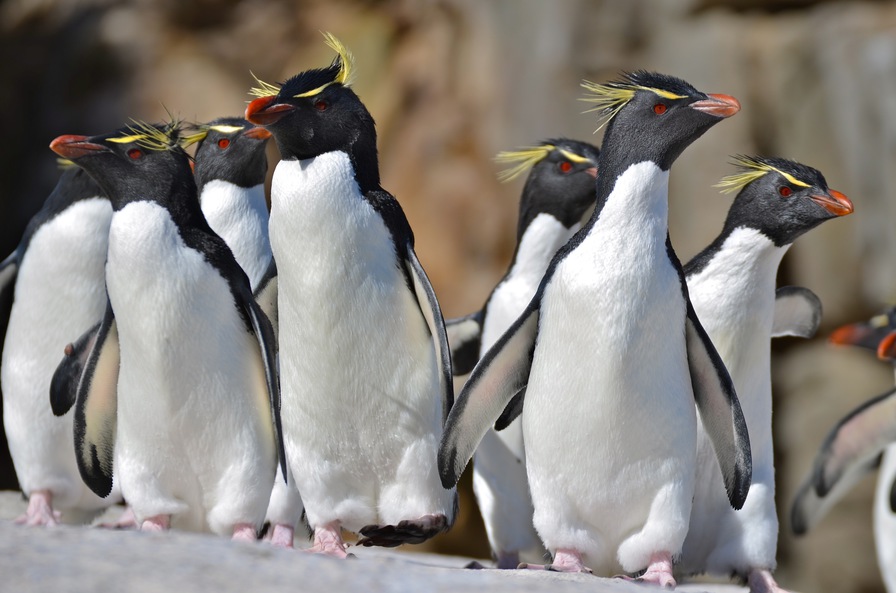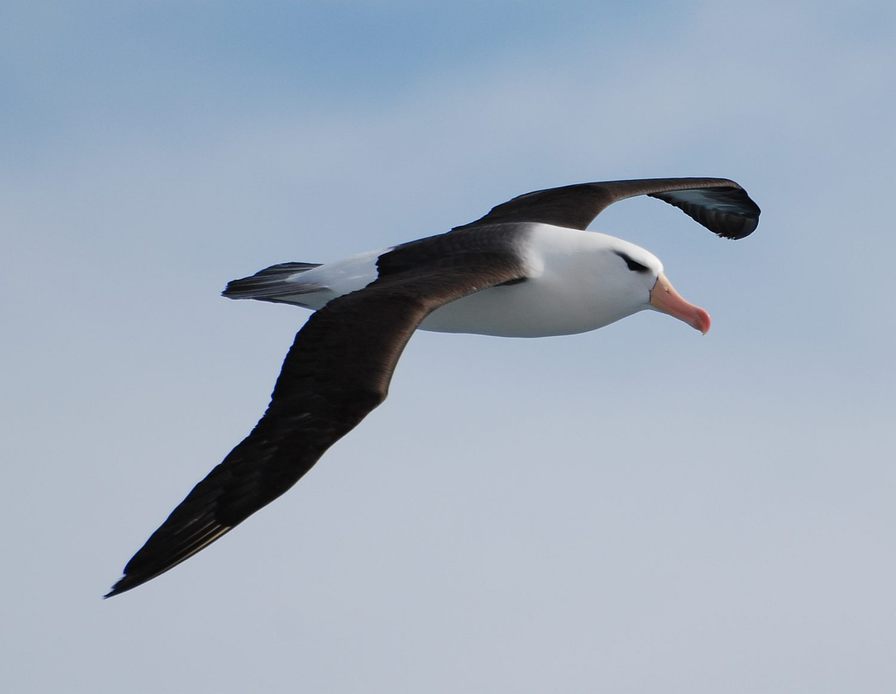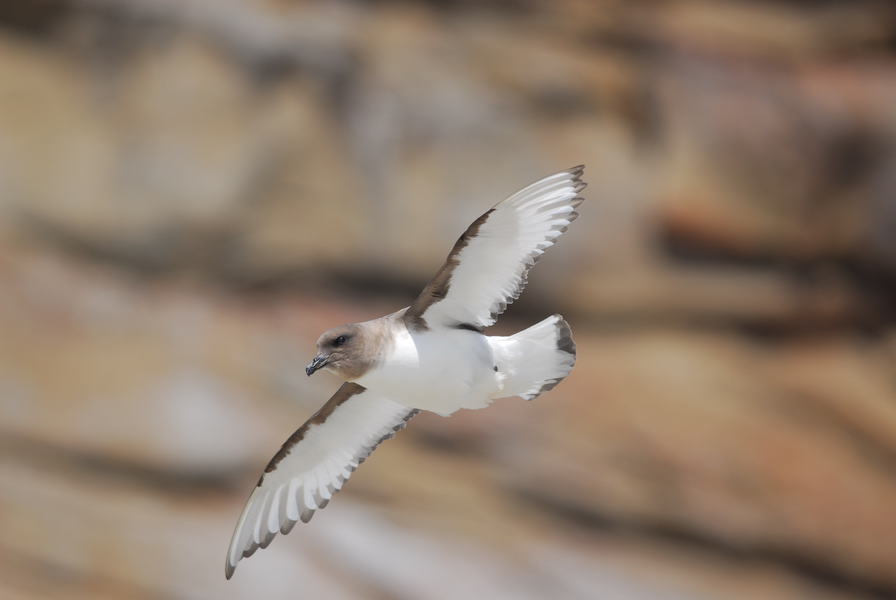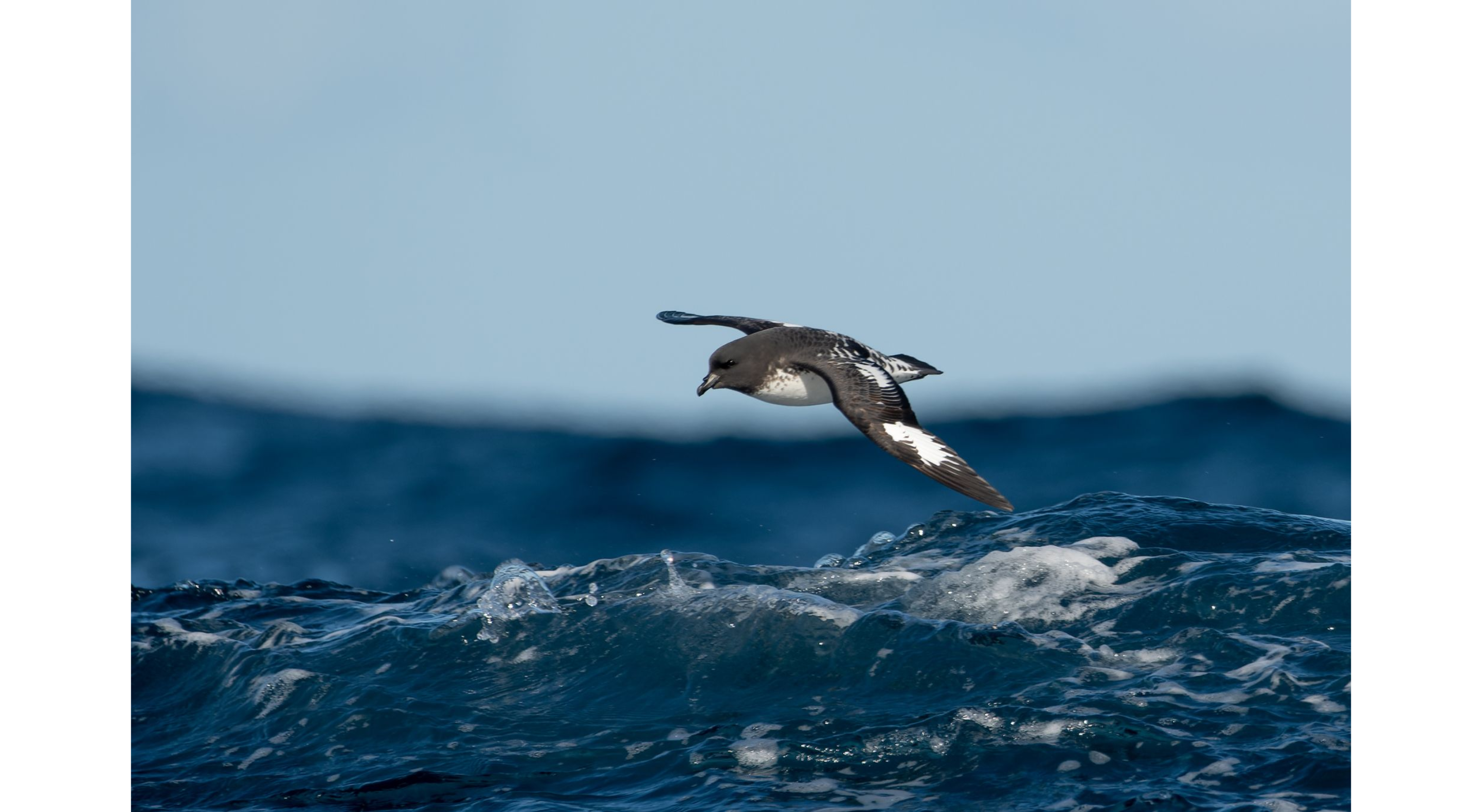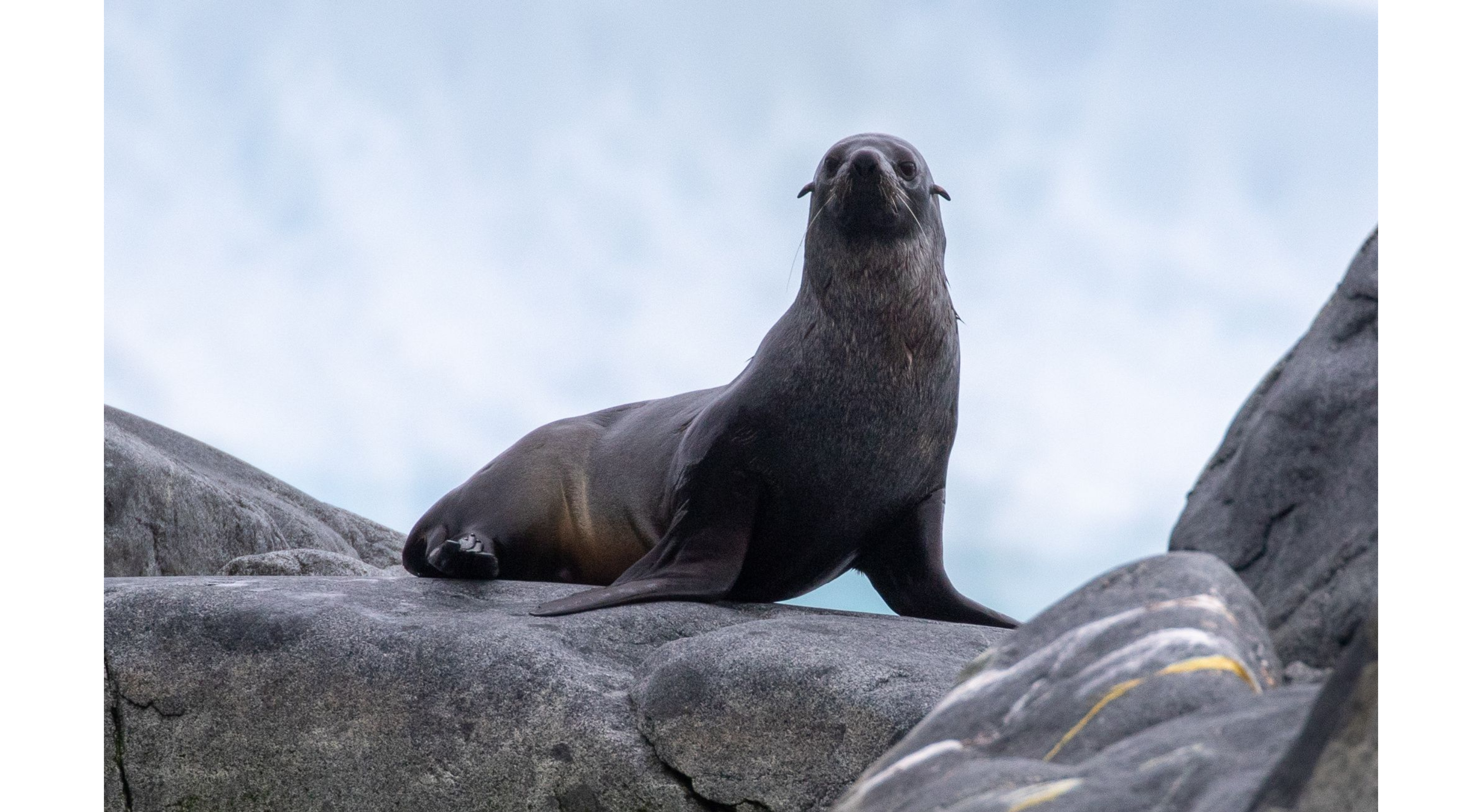CCAMLR Ecosystem Monitoring Program (CEMP)
Objective
In order to provide information of the effects of fishing on dependent species, CCAMLR set up the CCAMLR Ecosystem Monitoring Program (CEMP) in 1989. The two aims of CEMP are to:
- detect and record significant changes in critical components of the marine ecosystem within the Convention Area, to serve as a basis for the conservation of Antarctic marine living resources
- distinguish between changes due to harvesting of commercial species and changes due to environmental variability, both physical and biological.
CEMP’s major function is to monitor the key life-history parameters of selected dependent species to detect changes in the abundance of harvested species. ‘Dependent species’ are marine predators for which species targeted by commercial fisheries are a major component of their diet. In the case of ‘krill-dependent species’ used in CEMP they include land-based species such as seals and penguins.
Indicator species
Suitable ‘indicator species’ should show measurable responses to changes in the availability of the harvested species, for example in changes in population size, breeding success, body mass and foraging behaviour. The spatial and temporal scales over which different CEMP parameters reflect changes in the status of the ecosystem may be over a few days within a relatively small distance from the breeding site (e.g. foraging trip duration and offspring growth rates) to months (e.g. breeding success) whereas indices of population size reflect a combination of multi-year factors including adult survival/condition and juvenile recruitment.
